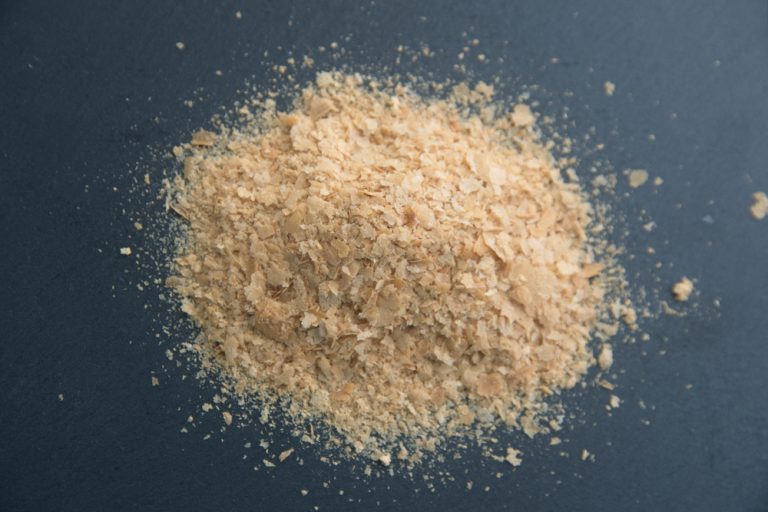Semolina is a coarse flour or fine groats. It is obtained by grinding grains of durum wheat (durum wheat). It is used to make pasta and couscous. Initially, it was grown in Asia - in the Middle East and China. With time, it also began to be harvested on other continents. The biggest producer of semolina flour is Canada. Semolina is definitely more yellow in colour than traditional wheat flour.
Semolina flour
Semolina flour, like regular wheat flour, is a source of carbohydrates, fibre and protein, and contains a comparable amount of minerals and vitamins to white flour. Semolina from durum wheat has gluten in its composition, therefore it will be contraindicated in people with visceral disease and allergy to wheat proteins.
Semolina - properties
Semolina provides a similar amount of energy as wheat flour - about 346 kcal per 100 g, which comes mainly from carbohydrates. Semolina flour has more of some vitamins and minerals compared to white flour. However, these differences are not significant. Semolina has a lower glycemic index (an index that classifies products by the rate at which blood glucose levels rise after a meal) than other types of wheat. Technological properties of semolina are also similar to those of wheat flour.
Is semolina healthy?
Products with this type of flour will be a better alternative for people who follow an easy-to-digest or low-fibre diet. For healthy people, rye flour spelt flour, oat flour, buckwheat flour could be a better choice. Compared to semolina flour, they contain more dietary fibre, vitamins and minerals.
Semolina - application and what to replace it with?
More and more often producers use semolina for production of pasta - due to its better technological properties. This type of flour makes products more yellow, slower to cook and easier to obtain al dente form. Pasta goes well with both meat and fish and also can be a part of a vegetarian dish.
Semolina flour can also be used for making flour dishes - noodles, pizzas, tortillas, pancakes. In confectionery, it will prove useful in the production of bread, cakes and cookies. Semolina pudding is also popular.
Another well-known product made from semolina - besides pasta - is couscous. It originated in northwestern Africa. It is an intermediate product between semolina and pasta. It will go well with light dishes, such as poultry dishes, and with vegetables.
Semolina - contradictions
Unfortunately, people with a visceral disease and gluten allergy must use other substitutes for wheat flour when preparing flour dishes. Oat flour has similar technological properties, as well as buckwheat flour.






